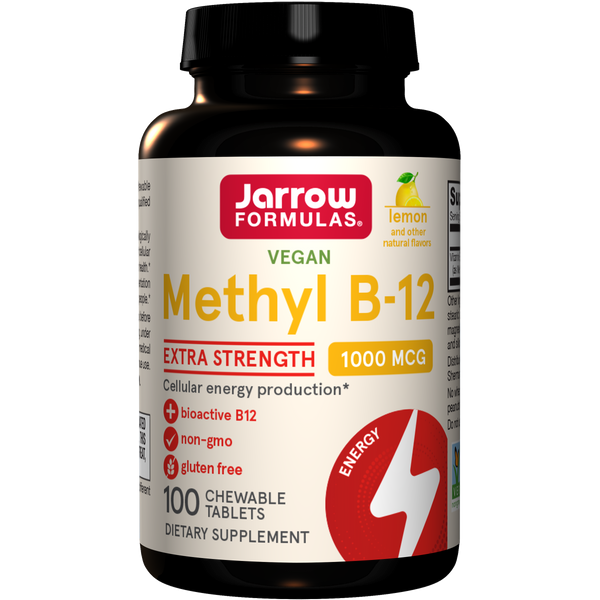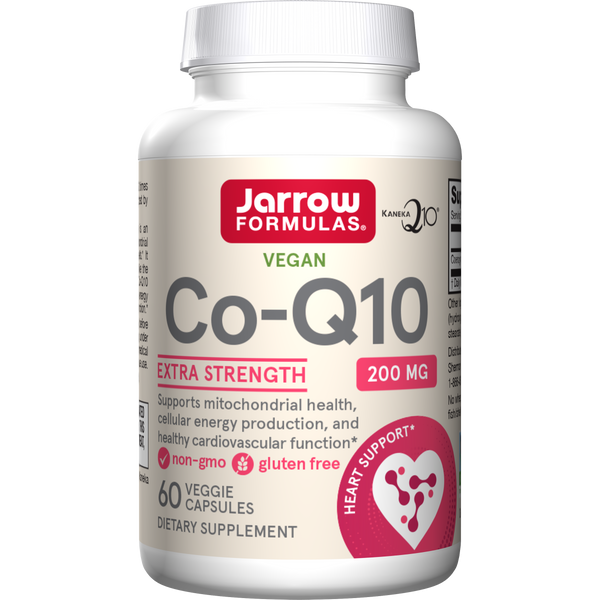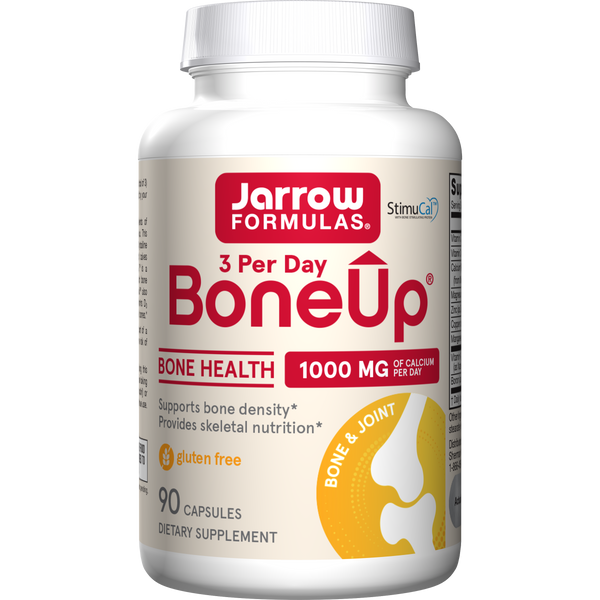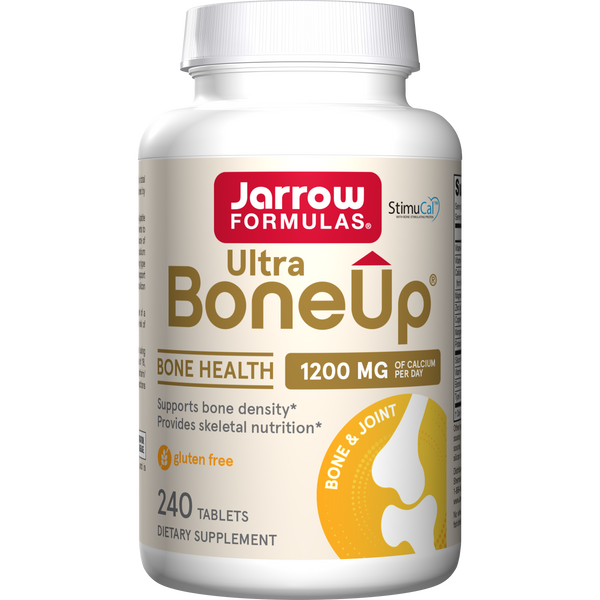Lutein & Zeaxanthin: Uniquely Positioned to Protect Eye-Brain Health
by Dr. Anthony Thomas
Carotenoids are a class of more than 600 naturally occurring fat-soluble yellow, orange, and red pigment molecules made by plants, algae, and photosynthetic bacteria that exert antioxidant properties. β-carotene, α-carotene, lycopene, β-cryptoxanthin, lutein, and zeaxanthin are the most common carotenoids in North American diets. Increased consumption of carotenoid-rich vegetables and fruits are associated with improved human health. Carotenoids are not made in the human body, so dietary intake is essential, and supplemental sources are more efficiently absorbed since they do not need to be released from the plant matrix. Among carotenoids, distinct chemical properties of lutein and zeaxanthin that distinguish them from other carotenoids, make them uniquely well-suited to function as fat-soluble membrane antioxidants that protect neural tissue (i.e., brain & eyes) from oxidative damage [1].
Membrane phospholipids of the brain and retina, which are critical to the functions of these tissues, are especially vulnerable to oxidative damage since they highly enriched in very long-chain polyunsaturated fatty acids (PUFAs), particularly the omega-3 docosahexaenoic acid (DHA), and exposed to high oxygen concentrations. Thus, these neural membranes need relatively stable fat-soluble antioxidants for protection. Although accounting for less than 20% of dietary carotenoids, lutein and zeaxanthin preferentially accumulate in the brain and retina, representing ~70% and essentially all of the carotenoid content in these tissues, respectively.
A major distinguishing characteristic of lutein and zeaxanthin among carotenoids is the presence of a polar hydroxyl (-OH) group at each end of the molecules, allowing for very high solubility and transmembrane orientation (anchoring the molecule at opposite membrane surfaces) as well as preferential localization to vulnerable PUFA-rich regions within the membrane lipid bilayer. Furthermore, the dipolar nature of lutein and zeaxanthin supports greater chemical stability against auto-oxidation (self degradation) and transmembrane oriented stability within the membrane lipid bilayer, since one of the polar -OH groups would need to cross the non-polar (non-water soluble) barrier, which is energetically unfavorable, compared to both non-polar (e.g., α-/β-carotene, lycopene) and mono-polar (e.g., β-cryptoxanthin) carotenoids.
Among the common dietary carotenoids, only the dipolar xanthophyll carotenoids, lutein and zeaxanthin, with their high solubility and selective enrichment in vulnerable PUFA-rich phospholipid membrane domains, transmembrane orientation within the membrane lipid bilayer, high resistance to auto-oxidation, and preferential accumulation in neural tissues (i.e., brain & eyes), are uniquely positioned to protect the membrane integrity of these tissues to discourage functional decline. Unfortunately, the average intake of these particular carotenoids, primarily found in dark leafy greens (e.g., kale, spinach, chard), among the US population is insufficient at ~1.5 mg/day. Increasing consumption of lutein and zeaxanthin from dietary and supplemental sources is advisable to bolster protection and preserve function of neural tissues highly susceptible to oxidative damage.
1. Widomska J, Zareba M, Subczynski WK: Can Xanthophyll-Membrane Interactions Explain Their Selective Presence in the Retina and Brain? Foods 2016, 5.






























